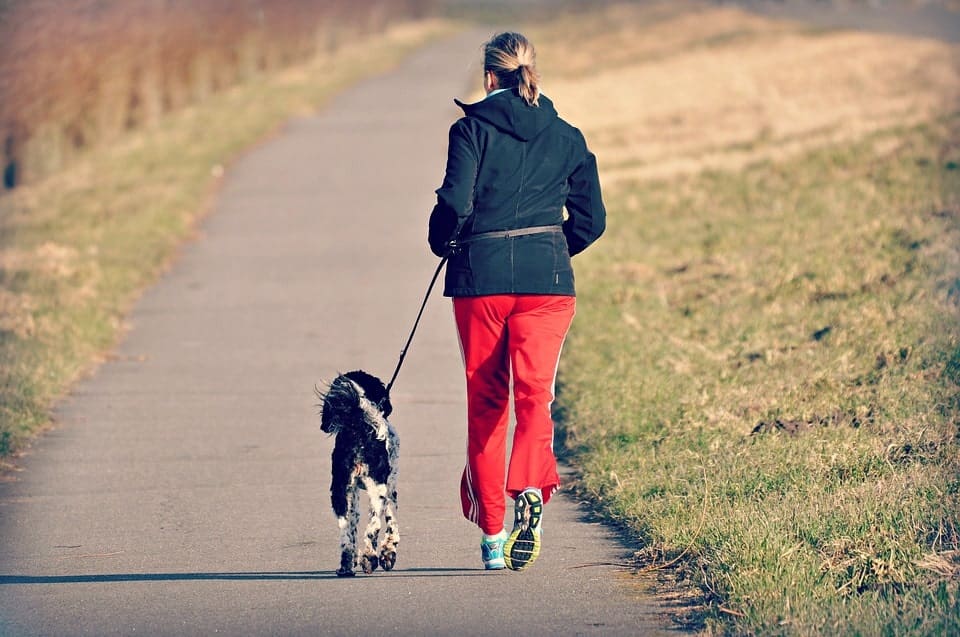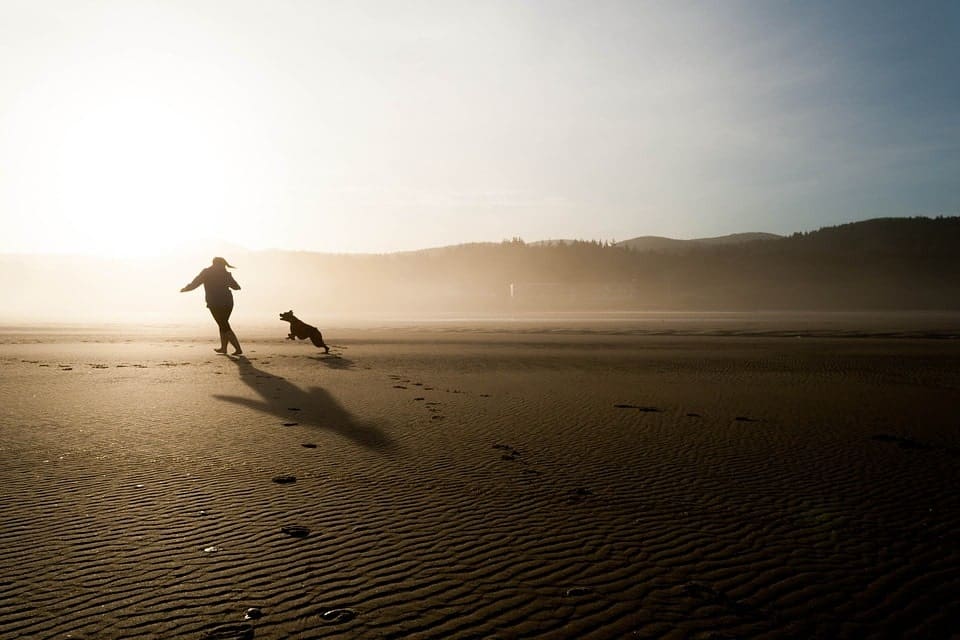Essential Tips for Trail Running With Your Dog

Important Tips For Enjoying Trail Running With Dogs
Running has plenty of benefits as a hobby. Mentally, it boosts your mood, releases happy hormones, and sharpens your focus. Physically, it tones your muscles, trains your heart, and keeps you in shape. The benefits of running are undeniable. What’s more? You can do it year-round, with or without a companion, or with someone twice as awesome, like your dog. Running with your pooch can be one of the most rewarding activities you can do personally and as a dog owner. Dogs are fantastic companions, and as long as they’ve been primed right, they can be the best trail buddies you never knew you needed. In fact, there are not many more enjoyable physical activities than trail running with your dog.

But before you slip into your running shoes and hook Fido to the leash, there are important reminders you need to follow to make sure both of you enjoy the adventure.
Consider Your Dog’s Breed
Australian shepherds and border collies are excellent trail companions. Their lean physique, long snouts, and generally strong build enable them to scale long trails and keep up with the demands of running extended distances.
On the other hand, smaller, low-ground breeds with short snouts (like pugs, chihuahuas, and bulldogs) may not be suitable for these tasks. Although these breeds will able to able to walk with you around the block, their physiological limitations just make it impossible for them to endure adrenaline-rushing activities such as trail running.
This, of course, is not the rule. There are plenty of small dogs braving the trail and killin’ it. But it takes much more precaution and responsibility on the part of the owner. Still, even if your dog is physically qualified to run, you shouldn’t push them immediately into the task. Demeanors, age, and potentially hidden injuries or past trauma are all valid reasons trail running just may not be for your beloved pooch.
Some breeds may be perfectly healthy, but their genetics may also prevent them from getting much out of the activity. For instance, greyhounds are genetically predisposed to ace short races but may not do much otherwise because they’re prone to muscle breakdown. Consult your veterinarian first to check your dog’s health and see if your fur buddy is equipped to take on the hobby.

Befriend the Leash
A leash connected to a collar or a harness is necessary to still control your dog while on the trail. This is a safety measure for when scaling a dangerous trail near a cliff or through a forest where your dog can get distracted and easily run off. Remember, your dog is naturally curious and will approach anything they consider fun. It’s your job to determine which ones aren’t.
Enroll in an obedience training class if your dog has not been leash-trained yet. You may, of course, go DIY and take it easy on the pooch until they get used to it. Taking them out for a walk is a great way to familiarize your dog to the leash and to teach them basic commands that will be instrumental in keeping them safe on the trail.
Use food, treats, and toys to reward desired behavior or redirect unpleasant ones.
Have The Right Gear
Aside from the leash and harness, you also have to carry some extra gear for support. For instance, when your dog decides to relieve himself during the run, picking up your dog’s treasure is rule number one. Carry along a waste bag for the purpose, or train him to do his rituals at a specific time of the day. Add a layer of protection to your pooch’s paws by letting them wear dog boots or paw protectors. The terrain can be hard on paw pads, so the footwear protects them from cold snow, wood splinters, sharp rocks, etc.
Of course, don’t forget to equip yourself with adequate protection as well, especially if you run during the colder seasons of the year. Aside from a reliable pair of running shoes, wear a comfy pair of running gloves paired with a ponytail beanie to keep the cold at bay.
Keep Them Hydrated
Your dog cannot regulate their body temperatures as efficiently as humans do. They sweat through their nose and paw pads and release heat by panting. This makes them prone to overheating. See to it that you establish certain rest points throughout the run to let them cool off.
Plan the route before you head out. Always check the temperature forecast for the day. Postpone if it’s too hot. Heatstroke is the last thing you’d want for yourself and your dog. Too humid or too hot temperatures can also tire you out easily. If possible, head out on a run at cooler times of the day, when you can both enjoy the trail without being hurried by the sun.

Look Out for Signs of Fatigue
Unlike you, your dog can’t complain when they are tired and exhausted. They will keep going until they no longer can. You should be able to prevent fatigue.
The most telltale signs that your dog is tired include the following:
- Forgetting commands or being slow to react
- Excessive panting or lip licking
- Nasal flaring
- The tongue is hanging out
- Excessive thirst
- Frequently lying down
- The gums are dark
During your first few trail-run sessions, take note of how fast they recover during their breaks. When you see the above signs, it’s probably best to head home.
Take more breaks next time, or keep your runs short if necessary. If you’re force-running, slowly build up their stamina instead of demanding too much in one go.
Final Word
Before you go on a test run, go to the vet first to see if your pooch is in the right condition to start training. The vet will determine if your dog is physically mature to start running long distances, see how often you can train them, and verify if there are necessary vaccines that should be given first before the activity.




